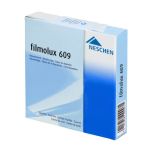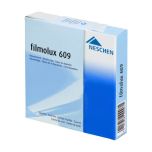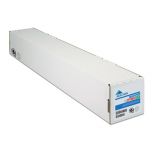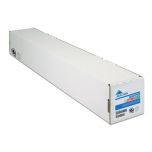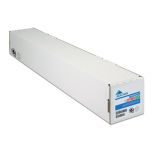Protect your books with a hygiene concept and anti-bacterial protection films
Protect your books with a hygiene concept and anti-bacterial protection films

Book protection films have many advantages: In addition to protecting against damage, the books‘ covers are easy to clean and resistant to a wide range of cleaning agents and solvents. The easy-to-clean covers are a big advantage for libraries and any other location where books are handled by many people. Nevertheless, there are a few points you should consider when cleaning your wrapped books, a well-considered hygiene concept can help.
Books that are handled by many different people should be cleaned regularly.
The Neschen hygiene concept
An essential component of a safe hygiene concept for book rental or loan is the nature of the film itself. Many of the Neschen book protection films have an anti-bacterial effect. We had this tested and proofed by an independent testing institute according to ISO 22196. After 24 hours, 99.9% of all bacteria on the protection film have been eliminated. We recommend a strict hygiene approach due to the Covid 19 pandemic. After cleaning, and an additional 1-day quarantine, a book with Neschen antibacterial film can be returned to the rental shop without any risk. A safe concept for the reader and the lender.

Cleaning book protection films
In order to prevent dust particles, small grains of sand or other particles from damaging the surface, damp cleaning is recommended for book protection films. A special cleaner for films is not necessary and conventional cleaning agents can be used. A mixture of warm water and detergent is very effective. However, very aggressive or abrasive cleaning agents are not suitable.
Disinfecting book protection films
How the book protection film can also be disinfected and not just cleaned, depends on the film.
To select the right kind of disinfectant, take into consideration which types of micro organisms are to be killed. Additionally, it is important to keep the agent’s effect on the material in mind. Not every surface is compatible with all types of disinfectants. Under certain circumstances, some book protection films can be damaged by the use of certain chemical compositions.
To clean book protection films thoroughly, it is wise to disinfect them with a liquid agent. Disinfection with gases (such as ethylene oxide) and radiation (beta or gamma rays) is not possible with book protection films.
Liquid disinfectants are based on a mixture of
- Ethanol
- Isopropanol
- Glycerine
- Hydrogen Peroxide
- Distilled Water
However, these components can have a negative effect on plastic, depending on their concentration, exposure time and temperature. Additonally, the reaction depends on the plastic material itself because every type of surfaces reacts differently to these chemicals.
Disinfecting PVC-based book protection films
Book protection films made of PVC are sensitive to ethanol and isopropanol. The result: The film becomes brittle if it repeatedly comes into contact with these substances. The two named chemicals dissolve the plasticisers and the alcohol penetrates the film, causing it to swell up. Afterwards, the film will feel sticky.
Disinfecting PP-based book protection films
When it comes to disinfecting PP-based films, it is important to know that hydrogen peroxide can damage the surface more easily due to its oxidation effect. The other components (ethanol, isopropanol, glycerine and distilled water) do not harm the material and are a good choice.
Disinfecting PE-based book protection films
In regards to disinfection, PE-based films are very similar to PP-based films. You are on the safe side, when simply following the same guidelines as for the PP-based variety.
Note: All book protection films should be cleaned or disinfected carefully, otherwise the surface will get scratches from the cleaning motion, resulting in the film’s transparency to be lost.
Avoid direct contact with liquid disinfectants, but use one-way tissues soaked with the desinfectants and wipe off the book covering films. Let the books dry completely before further use or storage.







